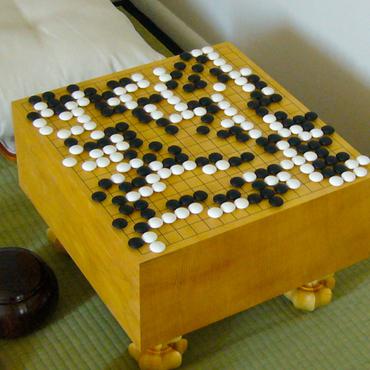Search Results for author: Milad Mozafari
Found 10 papers, 7 papers with code
Modality-Agnostic fMRI Decoding of Vision and Language
no code implementations • 18 Mar 2024 • Mitja Nikolaus, Milad Mozafari, Nicholas Asher, Leila Reddy, Rufin VanRullen
Previous studies have shown that it is possible to map brain activation data of subjects viewing images onto the feature representation space of not only vision models (modality-specific decoding) but also language models (cross-modal decoding).
Reconstruction of Perceived Images from fMRI Patterns and Semantic Brain Exploration using Instance-Conditioned GANs
1 code implementation • 25 Feb 2022 • Furkan Ozcelik, Bhavin Choksi, Milad Mozafari, Leila Reddy, Rufin VanRullen
Reconstructing perceived natural images from fMRI signals is one of the most engaging topics of neural decoding research.
Multimodal neural networks better explain multivoxel patterns in the hippocampus
1 code implementation • NeurIPS Workshop SVRHM 2021 • Bhavin Choksi, Milad Mozafari, Rufin VanRullen, Leila Reddy
The human hippocampus possesses "concept cells", neurons that fire when presented with stimuli belonging to a specific concept, regardless of the modality.
On the role of feedback in visual processing: a predictive coding perspective
1 code implementation • 8 Jun 2021 • Andrea Alamia, Milad Mozafari, Bhavin Choksi, Rufin VanRullen
That is, we let the optimization process determine whether top-down connections and predictive coding dynamics are functionally beneficial.
Predify: Augmenting deep neural networks with brain-inspired predictive coding dynamics
2 code implementations • NeurIPS 2021 • Bhavin Choksi, Milad Mozafari, Callum Biggs O'May, Benjamin Ador, Andrea Alamia, Rufin VanRullen
The reconstruction errors are used to iteratively update the network's representations across timesteps, and to optimize the network's feedback weights over the natural image dataset-a form of unsupervised training.
Brain-inspired predictive coding dynamics improve the robustness of deep neural networks
1 code implementation • NeurIPS Workshop SVRHM 2020 • Bhavin Choksi, Milad Mozafari, Callum Biggs O'May, B. ADOR, Andrea Alamia, Rufin VanRullen
The reconstruction errors are used to iteratively update the network’s representations across timesteps, and to optimize the network's feedback weights over the natural image dataset--a form of unsupervised training.
Reconstructing Natural Scenes from fMRI Patterns using BigBiGAN
no code implementations • 31 Jan 2020 • Milad Mozafari, Leila Reddy, Rufin VanRullen
Then, we applied this mapping to the fMRI activity patterns obtained from 50 new test images from 50 unseen categories in order to retrieve their latent vectors, and reconstruct the corresponding images.
SpykeTorch: Efficient Simulation of Convolutional Spiking Neural Networks with at most one Spike per Neuron
1 code implementation • 6 Mar 2019 • Milad Mozafari, Mohammad Ganjtabesh, Abbas Nowzari-Dalini, Timothée Masquelier
Application of deep convolutional spiking neural networks (SNNs) to artificial intelligence (AI) tasks has recently gained a lot of interest since SNNs are hardware-friendly and energy-efficient.
Bio-inspired digit recognition using reward-modulated spike-timing-dependent plasticity in deep convolutional networks
1 code implementation • 31 Mar 2018 • Milad Mozafari, Mohammad Ganjtabesh, Abbas Nowzari-Dalini, Simon J. Thorpe, Timothée Masquelier
We trained it using a combination of spike-timing-dependent plasticity (STDP) for the lower layers and reward-modulated STDP (R-STDP) for the higher ones.
First-spike based visual categorization using reward-modulated STDP
no code implementations • 25 May 2017 • Milad Mozafari, Saeed Reza Kheradpisheh, Timothée Masquelier, Abbas Nowzari-Dalini, Mohammad Ganjtabesh
In the highest layers, each neuron was assigned to an object category, and it was assumed that the stimulus category was the category of the first neuron to fire.





